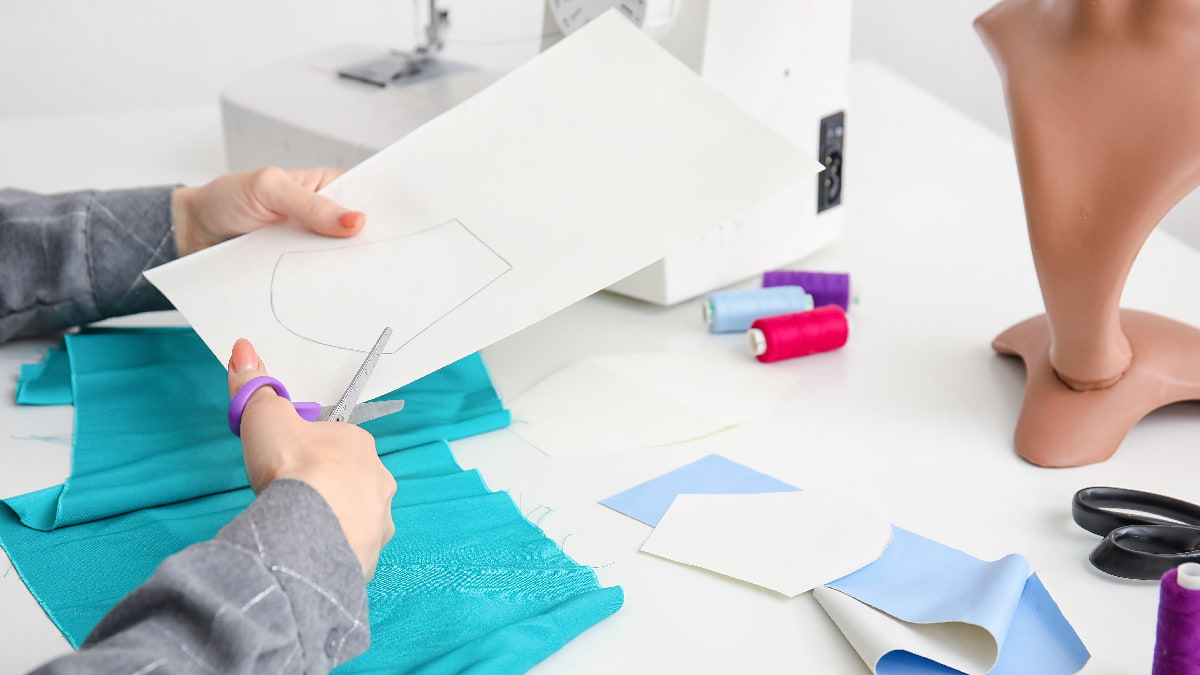The fashion industry provides a total of 233 students with scholarships with the ‘My Choice is Textile Engineering’ project and aims to bring successful young people who will make a career choice in 2022 to the industry. Students that meet the necessary criteria are offered a scholarship between half the minimum wage and the minimum wage and at least one semester of internship within the scope of the project, which has doubled the occupancy rate of the textile engineering department in 3 years.
Aegean Exporters’ Associations (EIB) Coordinator President and Aegean Textile and Raw Materials Exporters’ Association Chairman Jak Eskinazi reminded that textile and ready-to-wear industries are among the sectors that provide the most foreign currency input to the Turkish economy and emphasized that the total export value of the two industries accounts for 30 billion dollars. Eskinazi said: “Our industry, with its weight in production and employment, is one of the dynamic industries that constantly grows and differentiates positively, with a wide range of work areas where it is possible for our young people to choose a direction according to their own abilities and wishes. In addition to the fields of knitting, weaving, dyeing, yarn and apparel; R&D, manufacturing, sales, marketing, and textile machinery all fall under the field of textile engineering. We invite our young people to study Textile Engineering.”
“Textile Engineering ranks among the top professions that are able to find a job in the shortest time”
Aegean Apparel and Clothing Exporters’ Association (EHKİB) President Burak Sertbaş stated that they are carrying out the project of ‘Improving the Perception of Textile Engineering’ with the Aegean Textile and Raw Materials Exporters’ Association in order to meet the qualified textile engineering needs of the companies. Sertbaş explained that they started the project under the name of ‘Engineers of Fashion’ in 2018 and that they transformed it into a project for the entire Turkish Fashion Industry by inviting young people to choose Textile Engineering with the philosophy of ‘There is a Future in Textile.’ He disclosed: “We are in the third year of our scholarship project. Textile Engineering ranks among the top professions that are able to find a job in the shortest time. We have more than 2 million employees, including the retail industry, when we evaluate it in terms of employment. We reach 50 percent in women’s employment. The unit price of exports of textile and ready-to-wear industries is 7.3 dollars. We export 7 times more value-added than the average of Turkey.”

Minimum wage scholarship opportunity for the most successful 20 thousand students
Burak Sertbaş explained the criteria for receiving a scholarship as follows: “In order for our young people to benefit from the opportunities within the scope of the project, they must be among the top 80 thousand in the university entrance exam, one of their first 5 choices must be ‘Textile Engineering’ and they have to be accepted into the program. We provide scholarships in the amount of the minimum wage to the top 20 thousand students, 70 percent of the minimum wage to the students between 20-50 thousand and 50 percent of the minimum wage to the students between 50-80 thousand.” Sertbaş stated that 92 students received scholarships in the first year of the project in 2019, 74 students in the second year and 67 students in the third year and that a total amount of 233 students were entitled to receive scholarships in three years.
The occupancy rate of textile engineering increased to 83 percent
Burak Sertbaş emphasized that there is at least one semester of internship opportunity in the ‘My Choice is Textile Engineering’ project, and said that 16 percent of the students studying in the textile engineering department have the opportunity to gain practical experience by starting their business life before they graduate. Sertbaş, noting that this way, students will have their jobs ready when they graduate and they will start gaining experience very early, said: “While the occupancy rate of the textile engineering department was 42 percent before the project, this rate is now 83 percent. We are also working with the Ministry of National Education for vocational high schools in order to close the gap of intermediate staff.”

